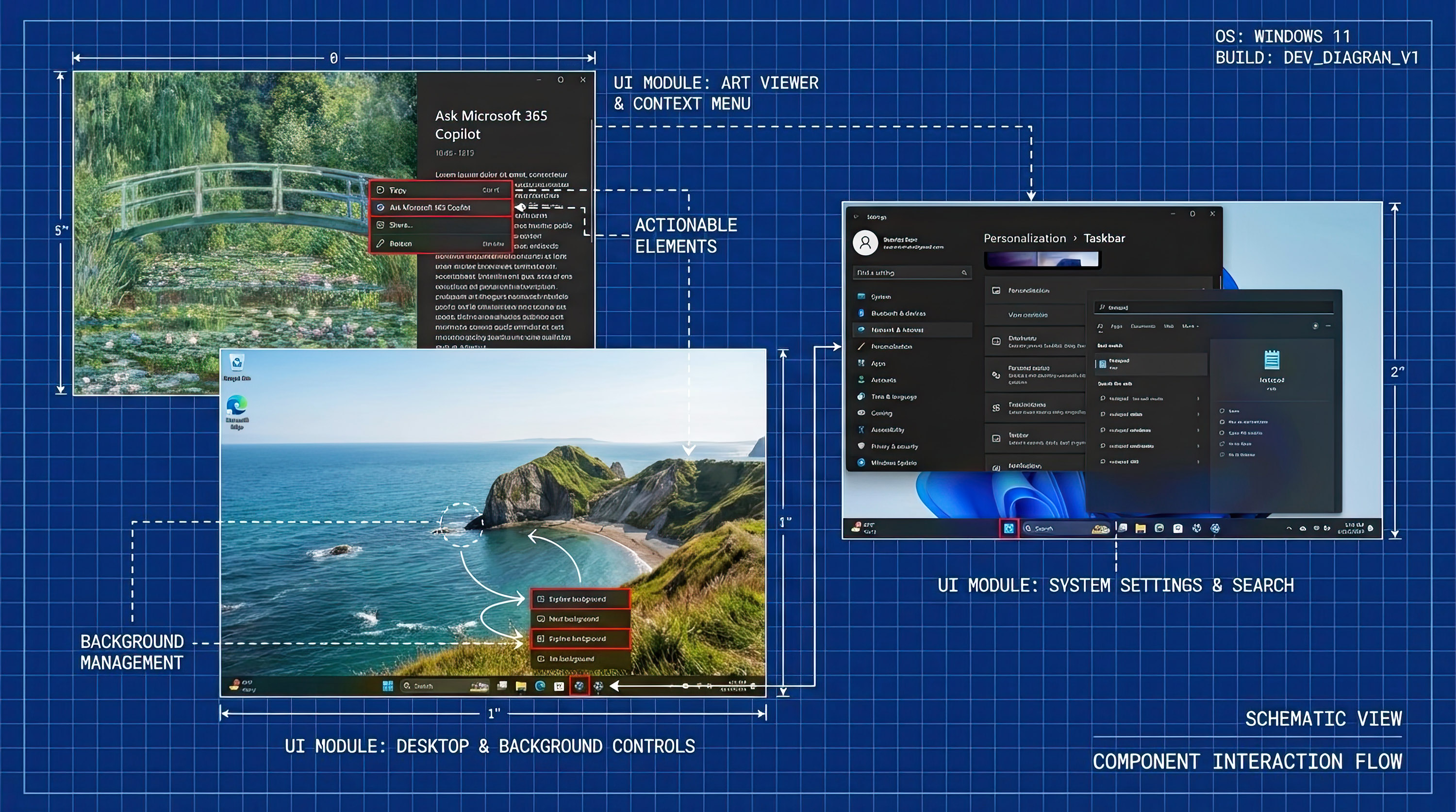Viewing Windows phone in the proper context
Things are different now. The smartphone war is raging on but Microsoft, for the next year or more, is no longer in the thick of it.

Editor's note: In light of yesterday's earning report and the less-than-ideal revenue numbers for Windows Phone, we are re-running this earlier editorial and analysis from November.
Sure Redmond is still making smartphones. And yes their mobile OS will be continually improved and utilized on first-party and partner OEM hardware. And let's not forget Redmond's cross-platform app deluge. Yes, Microsoft is everywhere.
However, despite these commitments, Microsoft is no longer pitting its mobile phone efforts head-to-head against its rivals. Microsoft has strategically withdrawn from the mass market and is no longer targeting general smartphone consumers with its devices. Given that for the past five years, general consumers have by-passed Microsoft's mobile offerings a more refined approach toward a clearly defined audience was determined to be appropriate.
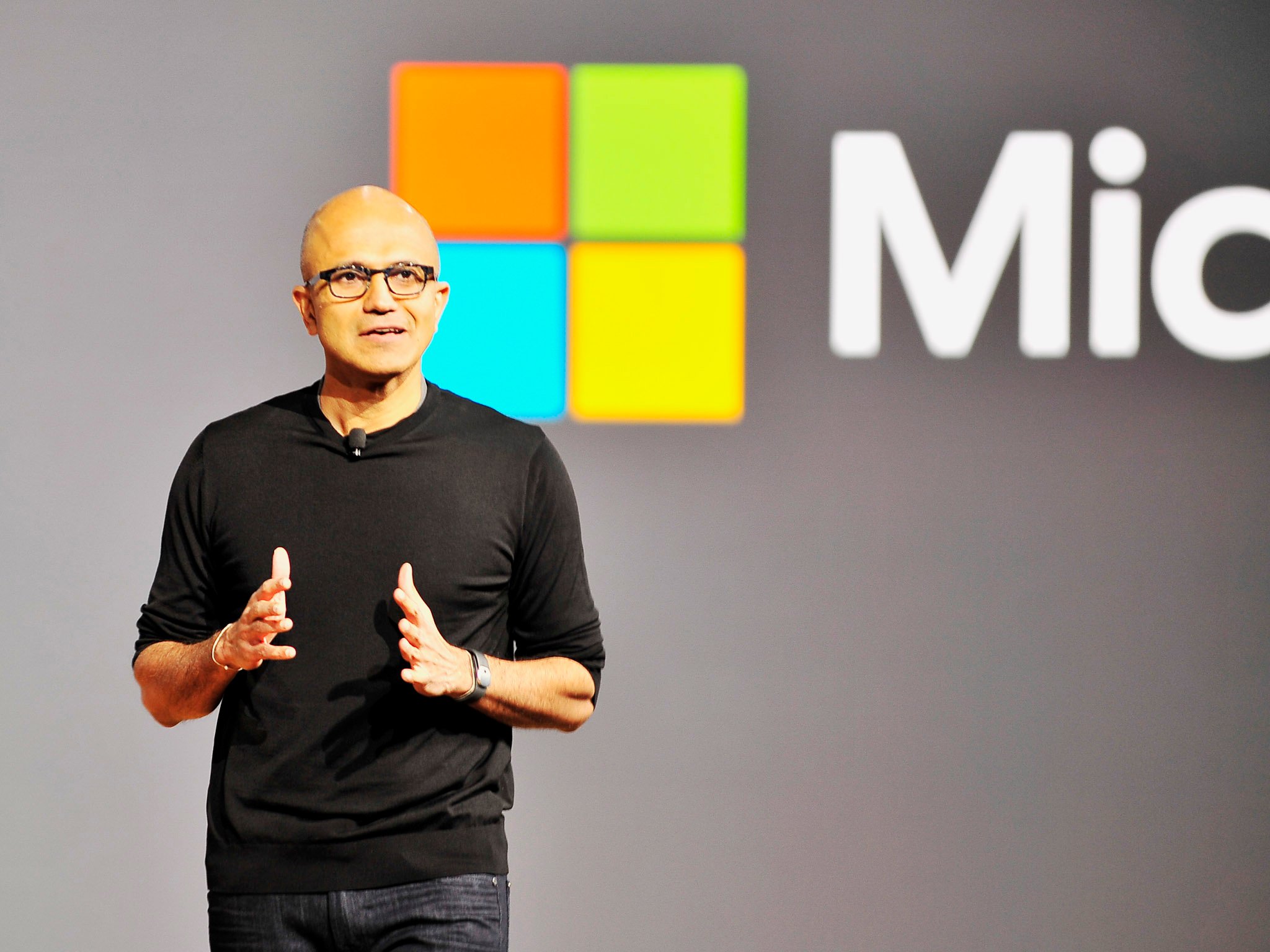
"In the near term, we will run a more effective phone portfolio, with better products and speed to market. We'll bring business customers the best management, security and productivity experiences they need; value phone buyers the communications services they want; and Windows fans the flagship devices they'll love." – Nadella July 8, 2015
Indeed, things are different now. The context for Microsoft's smartphone story has changed. To remain in sync with this current stage of Redmond's mobile strategy, how we writers, industry watchers, and enthusiasts narrate that story, moderate the discourse, facilitate a dialogue and measure success must change accordingly.
We can't continue with business as usual.
Same old story
The year was 2007. The place was San Francisco. The product was the iPhone. The target: consumers. This was the first strike in what would become the smartphone war for the consumer space. In 2008, Google answered with Android and the HTC G1. Three years after Apple's initial strike, in 2010, Microsoft re-entered the fray with Windows Phone 7. This lightweight, touch-friendly, Metro-style OS and UI relinquished the weight of its stylus-dependent, enterprise-focused predecessor.
Unfortunately, this refresh brought little success to Microsoft's mobile endeavors. Still, it was the early days of Windows Phone, and Nokia/Microsoft were confident. In 2012, Nokia/Microsoft introduced the Lumia 900 with the tagline, "The smartphone beta test is over." This was a snarky "in your face" attack on all rivals in the space.
All the latest news, reviews, and guides for Windows and Xbox diehards.
Like leaflet propaganda during wartime, this media blitz was designed to alter consumer perception of rival smartphone options in favor of Microsoft's offering.
It didn't work.
The war raged on, and Windows Phone still has not grabbed mass consumer appeal.
Furthermore, despite the presence of most core apps like Facebook, Twitter, Instagram and others, the lack of popular apps like SnapChat or poor support for existing apps have kept consumers away from the platform.
Consequently, Windows Phone has never claimed much more than 3% of the industry's global share. Additionally, the ever-present "chicken before the egg conundrum" has kept much-needed developers from helping to resolve this app-gap issue. Thus, reviews and analysis' have echoed the same mantra since 2010; Microsoft has been fighting a losing battle with Windows Phone.
This is the story writers, analysts, blog post commenters and forum participants have told and retold over the years. This was the narrative surrounding Microsoft's efforts as they strove for relevance in the general smartphone consumer space. Assessments of their success or failure have consequently been tied to measures such as market share and units sold per quarter in comparison to rivals in that space.
They are, however, no longer in that space. Therefore, we need a new rubric.
New Measures
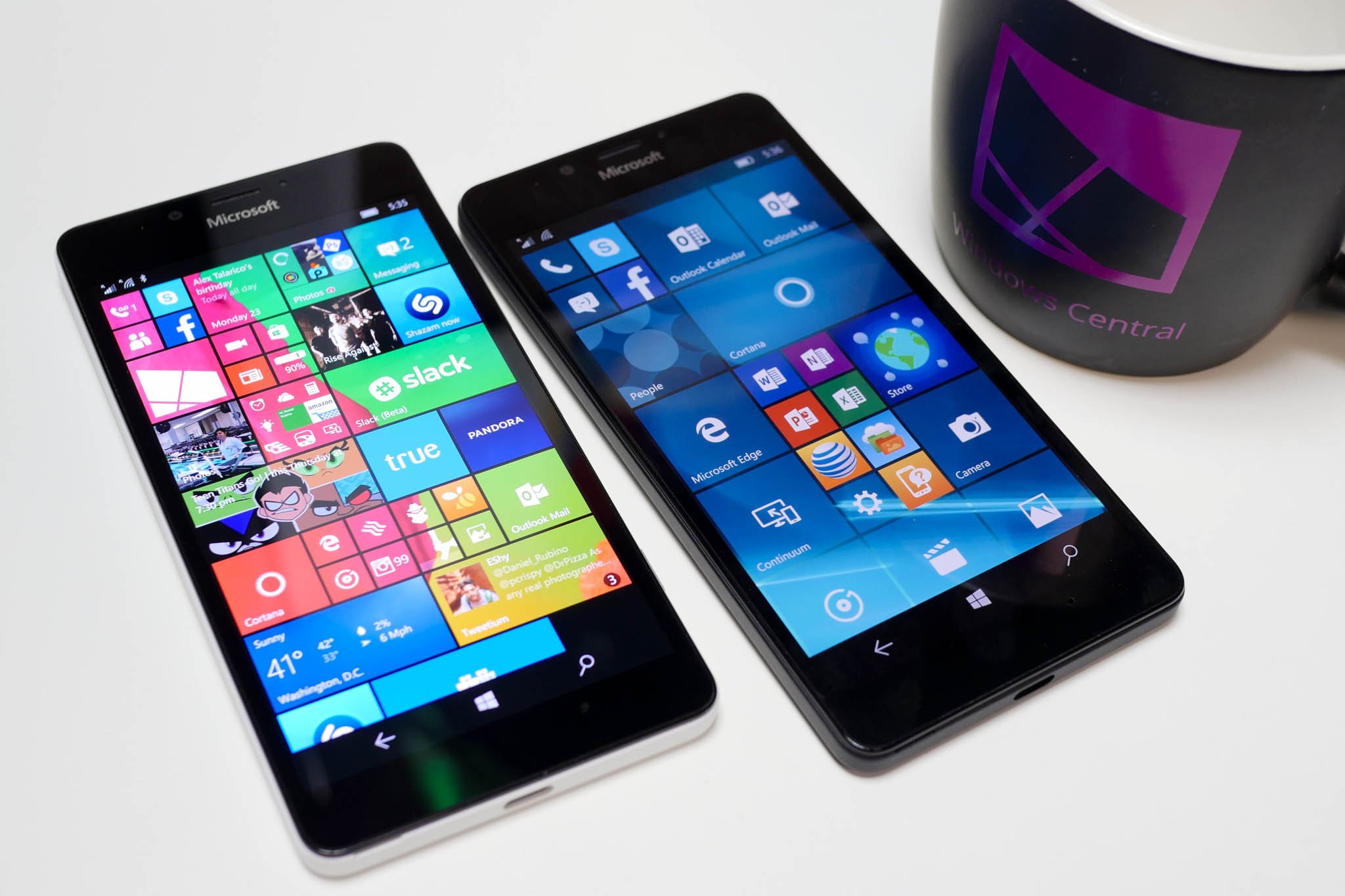
As a former educator, I used a scoring rubric, which is a standard of performance for a specific population. Because there are different expectations for fifth-grade and third-grade classes, the rubric applied to fifth graders would differ from that applied to third graders.
Because Microsoft is now focusing their smartphone efforts on three distinct markets, we must apply a new rubric that reflects accurate measurements of success or failure based upon goals set within that new context.
Microsoft's refined markets are:
- Fans
- Enterprise
- Value Consumers
To complicate things just a tad, Microsoft will likely re-enter the mainstream market with a convergent phone/tablet device that could be the highly anticipated Surface Phone.
With these two factors in mind our new paradigm for assessing Microsoft's smartphone success should consider the following:
- How is Microsoft performing in relation to satisfying the needs and expectations of its three target markets?
- How are the development of the Windows 10 platform and other aspects of the Microsoft ecosystem progressing toward the company's likely goal of a late 2016 debut of a convergent device?
Old measures such as comparing units sold per quarter and market share percentages between rivals are no longer directly relevant. The direct rivalry is no longer the context in which Microsoft's efforts exists. Its new focus will yield a decreasing market share as the firm's target market is smaller. This same fact will, of course, yield a smaller number of units sold.
A closer look
As we endeavor to continue telling Microsoft's story, we now have the responsibility of aligning our minds with what measures would now denote success for Redmond; while keeping an astute eye on the mainstream smartphone war where the measures of success for those players has not changed.
Some writers may find it challenging to speak on both particularly within the context of a single piece where inclusion of multiple platforms is common. But to maintain the integrity of the narrative, it is necessary.
Below are some quick thoughts to consider when evaluating Redmond's streamlined approach. Note, Microsoft's success is evaluated in relation to measures associated with their specific targets.
Under this new paradigm, comparisons to rivals are less relevant.
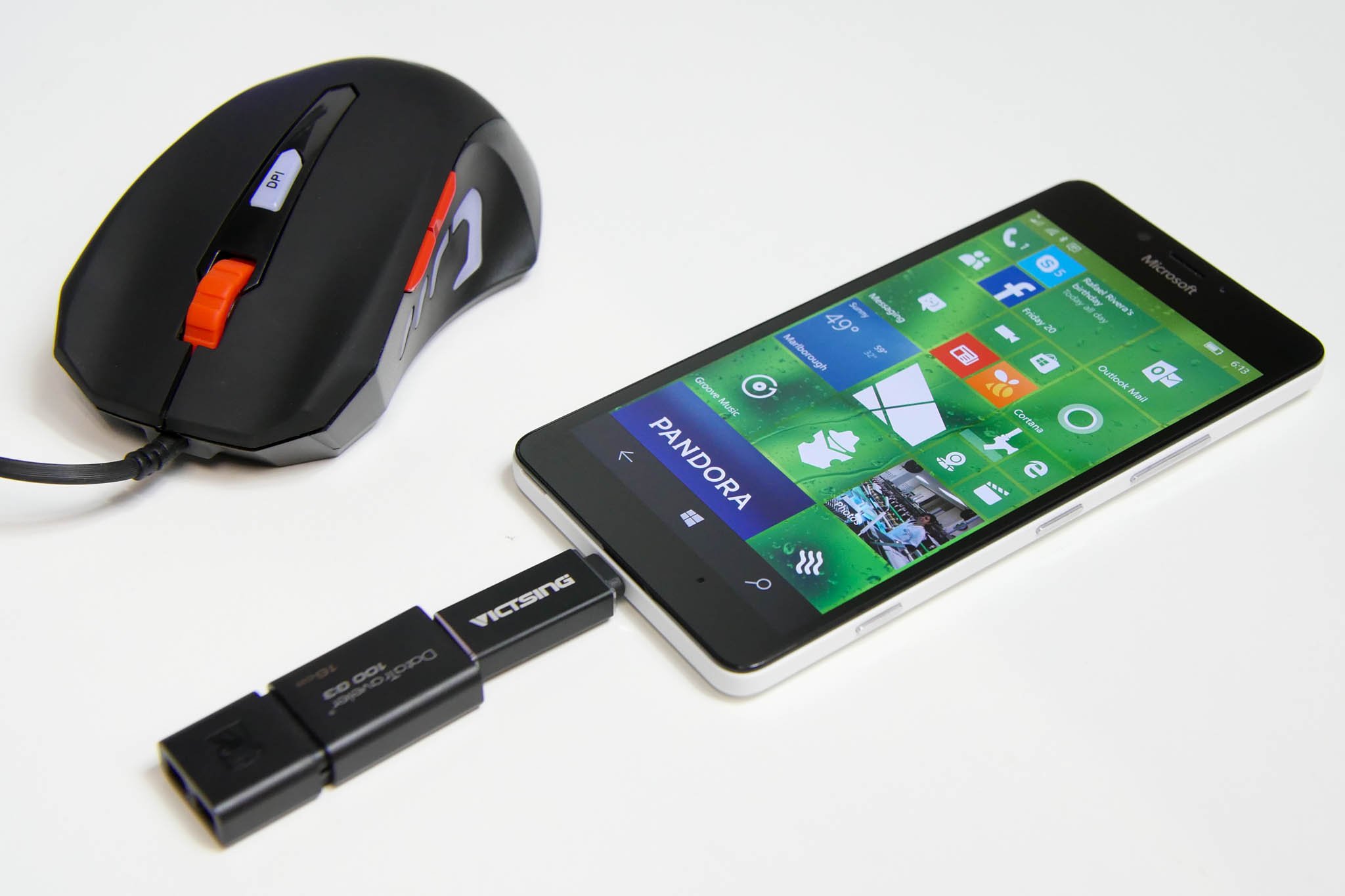
Fans
- Are fans receptive of the new devices?
- How have fans responded to purchasing phones off-contract through Microsoft retail?
- How are fans reviewing the devices?
Enterprise
- Are enterprise customers adopting Windows Phone?
- Has there been enterprise growth since the shift to focusing on this demographic?
- How well are Windows Phones integrating into existing enterprise infrastructure?
- Are users acclimating well to Windows Phone?
Value
- Are budget consumers responding to Microsoft's offering?
- Are consumers retaining their low-end Windows phones?
Road back to the mainstream
I believe that Microsoft will be re-entering the general smartphone war with a convergent device by Q4 2016. The firm's progress toward that goal is a measure of success that should be considered. Thus, analysis, device and OS reviews and general dialogue in forums and blog comments should take this point into consideration.
One major factor in the realization of that convergent device is Continuum. Moreover, the Lumias 950/XL are Redmond's first phones to showcase the potential of this platform feature.
"Many countries are mobile-only countries. I don't want to be mobile-only. I want to be mobile-plus. This is a mobile-plus device to me. It will really help us expand even what is considered today mobile." - Nadella October 6, 2015.
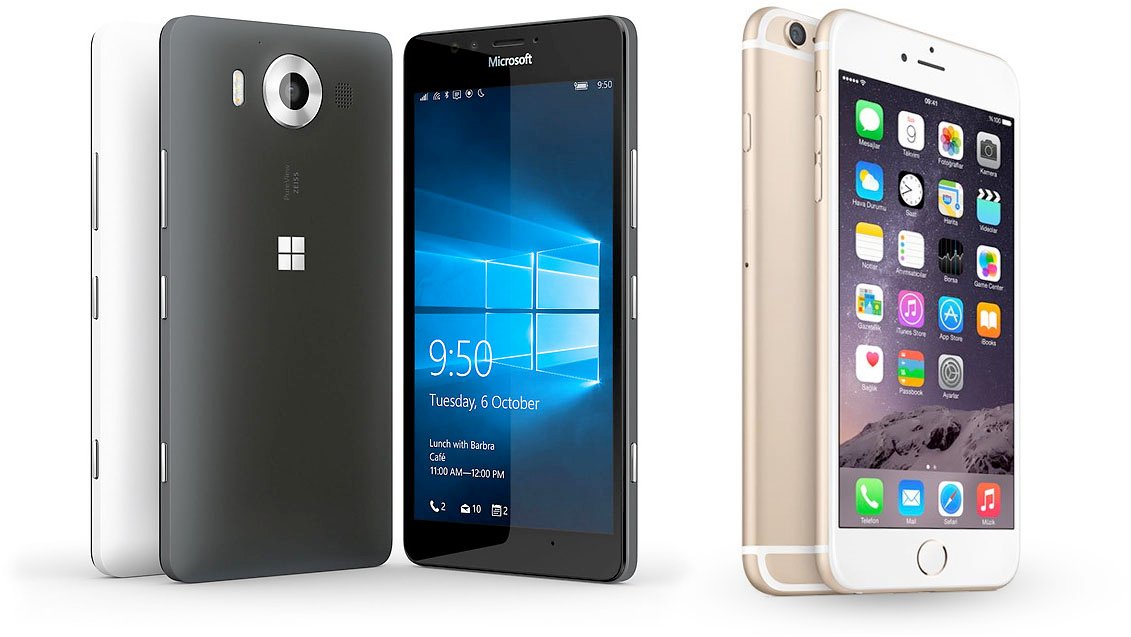
As I shared previously, Redmond is attempting to shift the industry toward a convergent device paradigm. Nadella's admission that Continuum on a phone will help to expand what is considered mobile supports this claim. The Lumia 950/XL are an iterative step toward a convergent mobile device that will be a phone, mini-tablet, and a PC via Continuum.
Thus, how the industry assesses Continuum's place in Microsoft's current story toward convergence is an important point to evaluate. Questions to consider over the next year as we talk about the new Lumias, Windows 10 and Microsoft's ecosystem are:
- How is Continuum being utilized?
- Is Microsoft taking steps toward bringing Continuum to value phones? (Important for emerging markets)
- How reliable is Continuum over a wireless connection and why isn't Microsoft marketing the wireless connection?
An additional point to consider is Microsoft's relationship with OEM partners. These partners, though few, are still players in the mainstream smartphone space. How Microsoft nurtures these relationships over the next year will be critical to Redmond's presence in the broader space in the future.
Finally, Microsoft's success or failure with winning developers to the App Bridges is critical to the platform's success. Assessments of the firm's efforts in that regard are indeed relevant.
The pen is mightier than the sword
Professional writers have a special burden. There is an inherent level of respect given by most readers in deference to a writers specialized knowledge, analytical abilities and ability to communicate complex issues effectively.
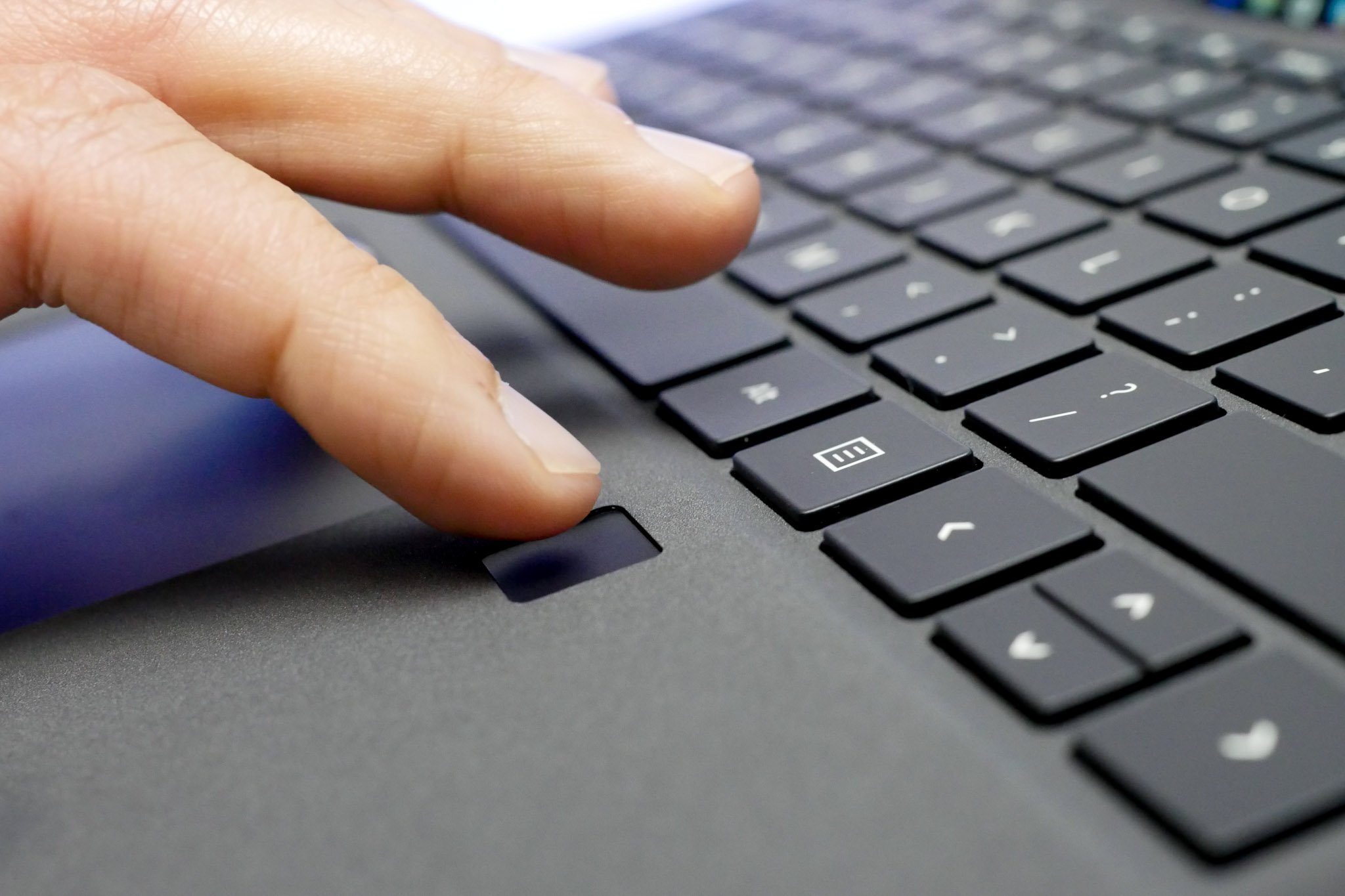
Tech writers must, therefore, be cognizant of industry shifts that affect how we will analyze the industry as a whole or a component thereof. Failure to do so may result in our telling the "same old story" when the paradigm has shifted.
Information presented in the incorrect context could lead readers in the wrong direction.
For example, any review of the Lumia 950/XL should in my opinion, present the context in which the device is positioned by Microsoft. It is a device for the fans, not the mass market. The provision of that information gives clear context for any additional dialogue that a writer may add regarding the devices potential or lack thereof to entice users of rival platforms.
By being given the proper context, a reader won't be unintentionally led to conclude that the Lumia's failure to entice non-Windows fans is a result of Microsoft's failed attempt to lure them. That's the old Windows Phone story.
The 950/XL fit within the paradigm of how they appeal to fans and, as representatives of new technologies, how they affect Microsoft's multi-layered track back into the mainstream.
The measure of success
On October 6, 2015, Nadella shared the following during an interview with the Verge.
"…a change in Microsoft where we no longer talk about the lagging indicators of success, which is revenue, profit. What are the leading indicators of success? Customer love. There's actually a way to measure it. It's called NPS, Net Promoter Score."
NPS is a customer loyalty metric. It is this measure that Microsoft is applying to determine its success with its fans, enterprise and value consumers. Nadella stressed that getting an entire organization to fall in love with these indicators is the biggest driver of success.

Microsoft's CFO Amy Hood reiterates:
"I think we're not focused on what that growth will look like and should look like. We're focused on doing it in a smart way. And we're focused on the people who love our products and our experience."-Hood November 18, 2015
As writers, analysts and industry watchers I believe it prudent that we embrace that these are the leading indicators for success driving Microsoft within their new approach to the smartphone space. Whether the content we produce is Microsoft, Android or iPhone focused if Microsoft's smartphone story is being told it should be told within its new more refined context where the old measures, for now, no longer apply.
Out of Sync
As a kid, I was a fan of the Saturday afternoon Kung Ku Matinee. My family and I would watch incredible feats of beautifully choreographed martial arts. The dialogue, however, was not as artfully rendered. The English voices that were dubbed over the original dialect were comically out of sync with the action.
If we in the industry embrace the new position Microsoft has in the smartphone industry with all of the inherent changes that entail, we can all realign our rubrics and continue the narration of Microsoft's tale on one accord.
Failure to do so, however, can result in a narrative that is horribly out of sync with what is actually happening in the industry. Readers who are trusting our analysis deserve better than that.

Jason L Ward is a Former Columnist at Windows Central. He provided a unique big picture analysis of the complex world of Microsoft. Jason takes the small clues and gives you an insightful big picture perspective through storytelling that you won't find *anywhere* else. Seriously, this dude thinks outside the box. Follow him on Twitter at @JLTechWord. He's doing the "write" thing!

